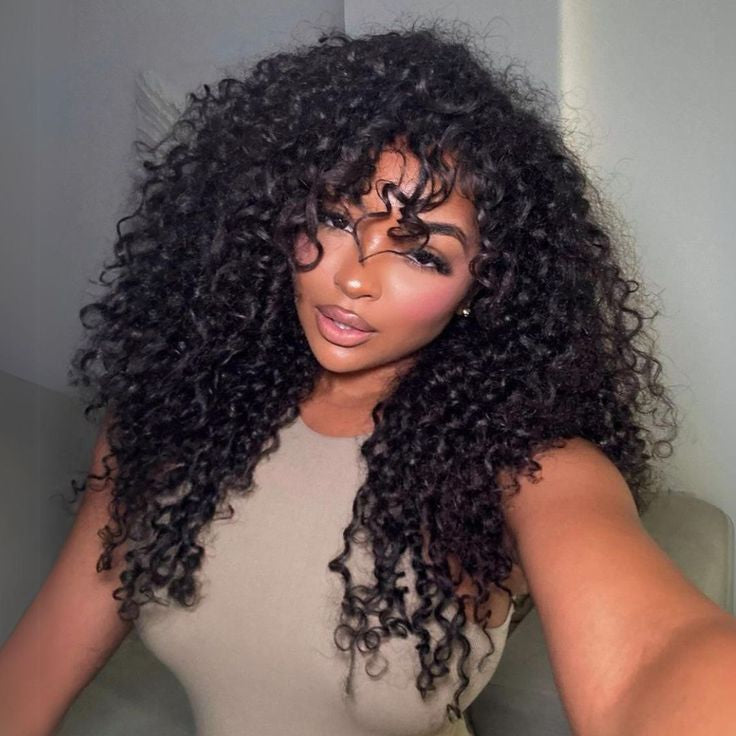Navigating the world of natural hair can feel overwhelming, especially when it comes to identifying your curl type. Understanding whether you have 4A, 4B, or 4C hair is essential in creating the perfect hair care routine that enhances your natural beauty. Each hair type has unique characteristics, and knowing which one you have can make all the difference in maintaining healthy, luscious curls. In this guide, we’ll break down the differences between 4A, 4B, and 4C hair types, helping you discover your curl pattern and how to care for it.
What is 4A Hair?
4A hair is characterized by tight, well-defined curls that form an “S” shape. These curls are springy and have a defined curl pattern, which can be seen clearly without any product. This hair type tends to be soft and has a lot of natural moisture, making it one of the easier 4 types to manage. However, 4A hair still needs regular hydration and light products that enhance its natural curl pattern without weighing it down.
Care Tips for 4A Hair:
- Use sulfate-free shampoos to retain moisture.
- Opt for lightweight leave-in conditioners and curl creams.
- Incorporate deep conditioning treatments to keep curls bouncy and defined.
What is 4B Hair?
4B hair has a less defined curl pattern compared to 4A, with curls forming more of a “Z” shape rather than an “S.” The curls are tighter and can appear fluffy or with a cotton-like texture. This hair type is prone to shrinkage, often appearing shorter than it actually is. 4B hair can be more fragile and requires a balance of moisture and protein to keep it strong and healthy.
Care Tips for 4B Hair:
- Moisturize regularly with water-based products and seal with oils.
- Avoid heavy creams that can weigh down your curls.
- Detangle gently using a wide-tooth comb or your fingers to minimize breakage.
What is 4C Hair?
4C hair has the tightest curl pattern of all the 4 types, with curls that can be so tightly coiled that they are not easily visible. This hair type is highly prone to shrinkage, often up to 75% or more, and lacks a defined curl pattern without styling. 4C hair tends to be the driest of the 4 types and requires intensive moisture retention techniques to prevent breakage.
Care Tips for 4C Hair:
- Use thick, moisturizing creams and butters to lock in hydration.
- Avoid excessive manipulation to prevent breakage.
- Incorporate protective styles like braids or twists to retain length and reduce tangles.
How to Identify Your Hair Type?
To identify your hair type, examine your curl pattern when your hair is clean and free of products. Look for the shape of your curls—whether they form more of an "S," "Z," or tight coils—and consider how much shrinkage you experience. You can also compare your hair to pictures of different hair types online or consult with a professional stylist who specializes in natural hair.
Conclusion
Identifying your hair type is the first step in embracing and caring for your natural curls. Whether you have 4A, 4B, or 4C hair, understanding your unique curl pattern can help you choose the right products and techniques to keep your hair healthy and beautiful. Remember, all hair types are beautiful, and with the right care, your curls can thrive!

